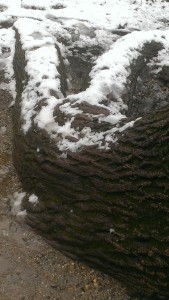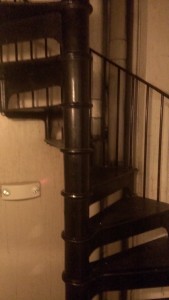Spring Bloodroot Moon
Everything’s rolled up and in the bag, ready to check out, then board the metro for Reagan International.
the metro for Reagan International.
This was a trip where I had to confront some unpleasant truths about traveling. For me. My physical stamina, which I rate as pretty good, is still less than it was. And that matters for my planning.
Also, not new, but apparent during this trip, too, was the easy slide into OMG, what am I doing? This is a neurotic pattern that I recognize, having largely learned to slip its bonds, but in a foreign place, separated from my regular routine, wife, friends, dogs it can and does easily return.
On the up side I have learned that my new interaction with art will include embedding art history within the larger history of ideas, letting these two large disciplines bump into each other, suggest questions and directions for each other. One place I know these streams will converge is in Reimagining Faith.
There is, too, a renewed interest in early American history, especially  the Revolutionary war period and its immediate aftermath. Not sure how strong this is, though it did occur to me that it might be a good journey to take with our Western raised grandkids.
the Revolutionary war period and its immediate aftermath. Not sure how strong this is, though it did occur to me that it might be a good journey to take with our Western raised grandkids.
(Hotel fire stairs. 1910 vintage)
There is, as well, a definite sense of my own regional identity, an Upper Midwesterner, and the way that identity differs from and could inform the culture of national policy. This is an odd phenomena since I feel very much a man of the North, of the continent more than the country; yet I feel more and more like a citizen of the planet, also more than the country. Whether this is a personal experience or a more broadly shared one interests me.
Specifically I wonder if the internet intensifies globalization of perspective while reinforcing local identity. I wonder if think global, act local and the whole locavore movement might feed this pattern, too, making the local the touchstone not for national identity, but for Terran identity.
